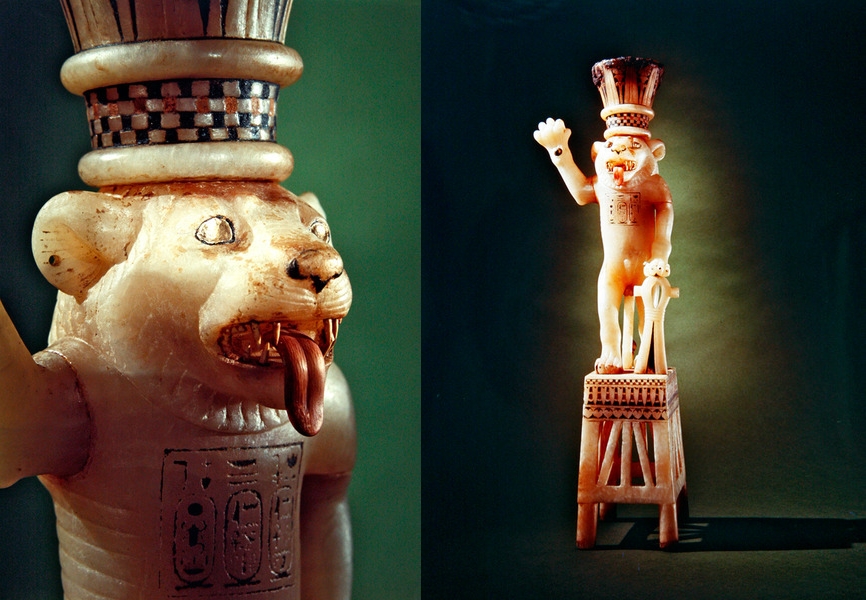2101
2102
2103
2106
2107
2108
2109
2111
2112
2113
2114
2115
2116
2118
2119
Pin (Fibula) with Snail Roman, Imperial period, 2nd-3rd century A.D. Museum of Fine Arts, Boston. #museumweek
2121
2124
2125
























